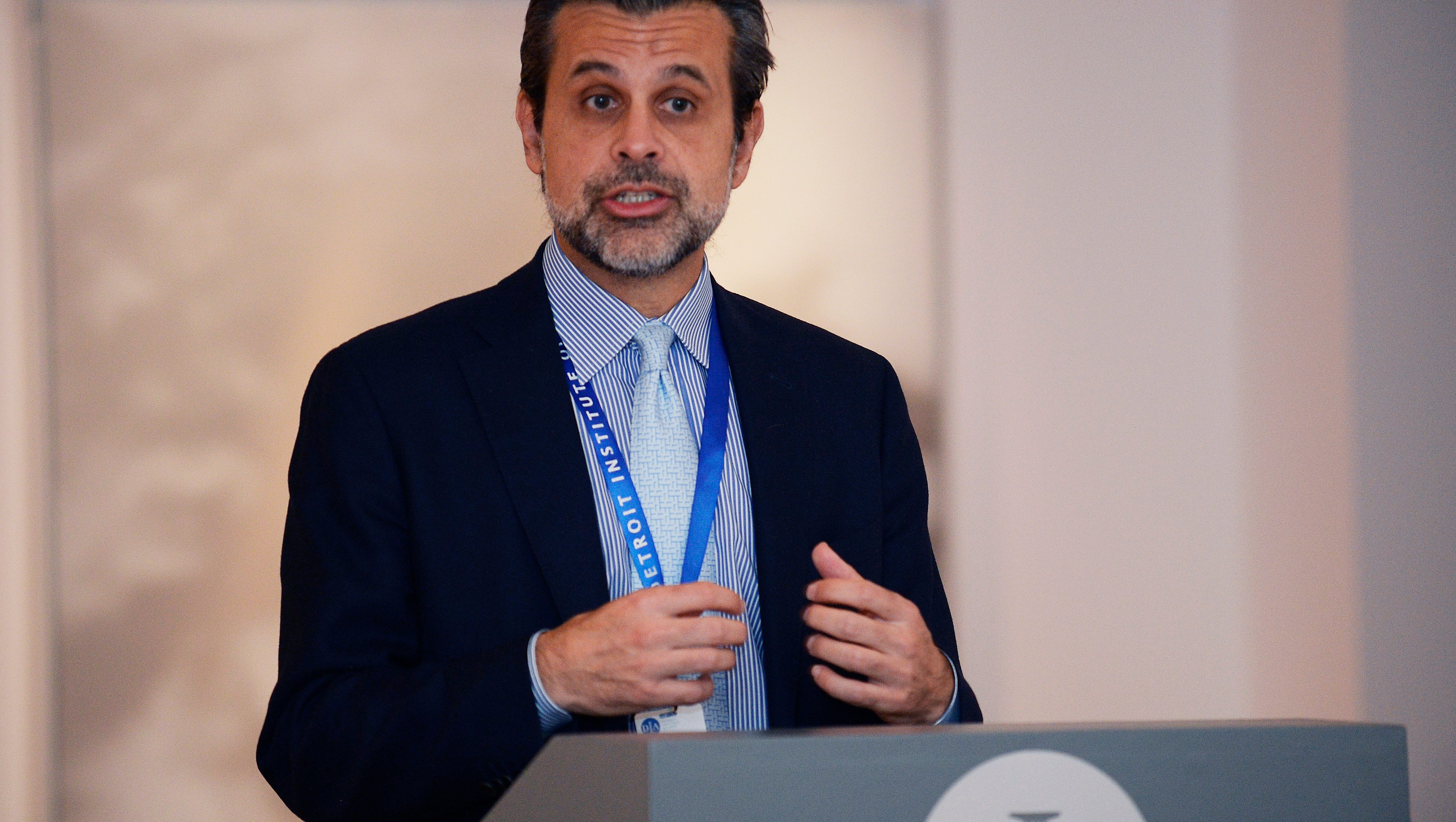Opinion: Museums connect our past and present
When I began my career as a curator, museums were viewed as organizations that collected, preserved, displayed, and researched works of art, then educated the visitor about the information emerging from that work. The art object was the center of the museum’s focus, and the facts related to it helped write the narrative of our artistic culture.

Over time, particularly in recent years, cultural organizations such as museums and libraries have strengthened their relevance in our society. They are the keepers of our history and culture, and through scholarly research and interpretation they help shape our social identity, an authentic point of reference that people can trust.
But museums are becoming more than just buildings that house art collections and their associated factual information. Through permanent collections and a variety of cultural programs and exhibitions, ranging from the DIA’s current exhibition, Star Wars™ and the Power of Costume, to the Detroit Historical Museum’s award-winning community-based work on the Detroit ’67 project, museums are evolving into places to gather and share human experiences. They are establishing themselves as community builders that emphasize our rich, diverse cultures as a bonding medium for our society. Their collections are becoming mirrors where diverse communities seek to be represented and reflected, culturally and individually.
Scholarly research and conservation are the bedrock from which we start to build. Collections are a launching point to present and discuss matters with which communities wrestle, or by which they are inspired or simply enjoy. In the museum space, we welcome opportunities to hear multiple perspectives, the different views of the world that emerge from experiencing our art collection and the meanings that they spark for individuals.
Arts organizations can help our citizens develop critical thinking and creative skills so they are better prepared for their lives. Moreover, understanding how others think, learning how to listen, and creating a space for empathy, energized by the power of art, are some of the greatest opportunities museums can offer our audiences.
In our daily work, we must go beyond the walls of our buildings. We establish lines of dialogue with our communities, deepening our relationships with them and generating authentic bonds, as we serve them with programs that resonate with their interests while maintaining a museum-quality product. The result is an environment of trust and unity in which our society can thrive. Museums are places where we connect our past and present, build trust, inspire and envision a hopeful future.
Salvador Salort-Pons is director, president and CEO of the Detroit Institute of Arts.